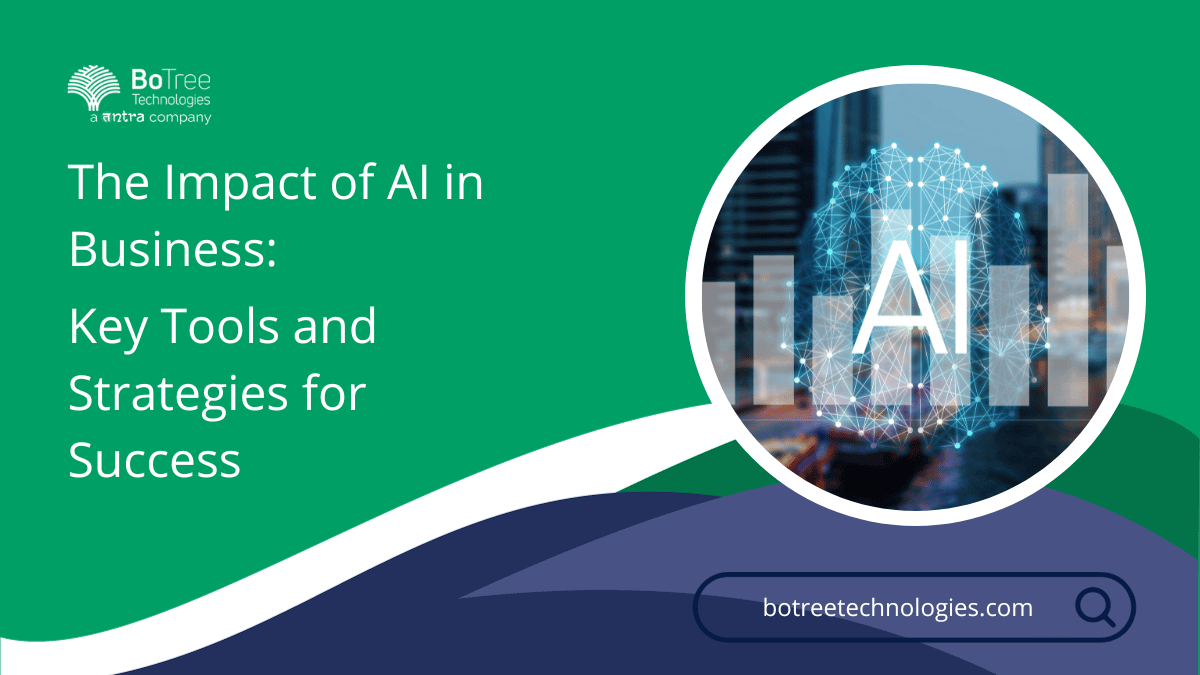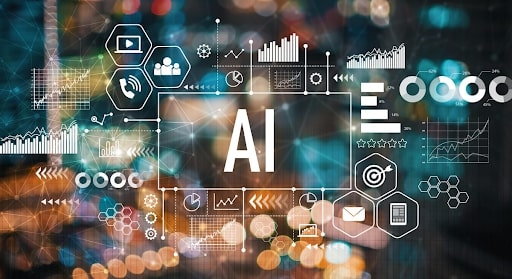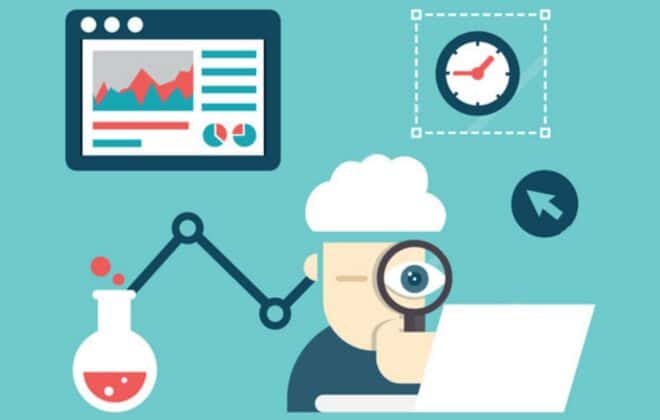
The Impact of AI in Business: Key Tools and Strategies for Success
Artificial intelligence has had a major impact on the way businesses are run. There are many things that AI business solutions have made possible, and there are many others that it has made exponentially faster and quicker to do.
In this post, we will first look at AI’s impact on business in some detail. Then, we will talk about specific tools and strategies that you can use to make the best of AI for your business.
Let’s get started.
Understanding the Impact of AI on Business
For the most part, the impact of AI-based services on business has been positive. AI can perform many tasks on its own, allowing the company/business members to spend their time elsewhere where it is more needed.
There are many facets and departments involved in the running of a business. To elaborate on the impact of AI, however, we can talk about these specific ones.
- Data management
- Marketing
- Analytics
Data management in business refers to entering and storing data in an organized way to be easily accessed and perused whenever the need arises. AI business solutions help automate data entry and storage, making the entire process much faster.
Marketing is the term used to collectively refer to the steps taken to promote a business’s wares. It involves different steps and processes, most of which can be quickened and automated with the help of AI.
Analytics, in our context, refers to running analyses of a business’s performance to determine the weak and strong areas. This information is then used to make improvements to the business-running strategy. AI helps in this systematic process by compiling the right data and running comparative analyses where needed.
Key Tools and Strategies for Implementing AI Solutions in Business
The information we’ve provided in the section above gives a good idea of the role of AI in business, but it’s not very helpful practically.
We want to help you understand what you can do to get all the benefits of AI and make your business run easier. In the section below, we discuss the strategies and best AI tools for different sectors.
1. Key Tools and Strategies for AI and ML Technologies in Data Management
To make data management easier with AI algorithms, here are some things that you can do:
- You can automate the process of data entry. Data entry refers to taking information from a source and entering it systematically in another place according to a specific order and pattern. An example of an online tool that can be useful here is OCR software. Consider the instance where a data entry clerk has to read information written on a physical document and enter it into a computer. In this case, if they use OCR, the text written in the physical document would get scanned in seconds.
- Like data entry, you can also automate the data organization and storage process. While the tools for this are not available as readily as OCR software, there is still a way to do it. For example, IBM DataStage, which is defined as a data integration tool, can help businesses organize data in accordance with specific orders and patterns. There is a lot of other stuff that it does, data management simply being one of them.
2. Key Tools and Strategies for AI in Marketing
Next up, we’re going to discuss AI digital solutions in marketing. In marketing, there are two main tasks that AI can help you do (among others):
Content creation:
Content creation refers to the entire process through which the marketing content is made. In all its forms, marketing is done through the medium of content. In some cases, the content is textual, and in some, purely graphical. For example, when you’re blogging, you have to write out the blog posts and decorate them with images and visuals. The same goes for marketing strategies like emailing and social media marketing.
The process of content creation itself is multi-faceted. It involves researching, writing, checking, and optimizing. AI helps in all of these steps.
Bringing it all together, we can say that AI digital solutions help in content creation in multiple ways, some of which we mention below.
- For one, you can use generative AI tools to create content for your marketing campaign from scratch. Platforms like ChatGPT are good examples of this.
- If you don’t want to create content using AI but just need to improve and optimize your own, you can use paraphrasing tools like Paraphrase-Online.
- For creating visuals, there are AI-assisted graphic design software that you can utilize.
Content Distribution:
Marketing is not just about creating promotional/educational content. It’s also about distributing and publishing said content effectively so that it becomes available to a large audience.
You can get help from AI-based services for this purpose.
- If you are performing email marketing, there are tools available online that you can use to automate the email-sending process. Instead of sending emails manually to hundreds or thousands of contacts, you can just create a list and then automate the process to make it happen on its own at your chosen time.
- Similarly, if you are performing social media marketing, you can create a post and schedule it to be published at a certain time with certain settings. By strategically delaying the publishing at a later time (when you may perhaps not be available yourself), you can increase the exposure of the post. Consider the example of a brand marketing to an area with a flipped time zone. The brand could create the post, schedule it, and call it a day. The post would then automatically get published sometime at night when it is daytime in the other area.
For these purposes, you can use marketing tools like MailChimp.
3. Key Tools and Strategies for AI in Business Analytics
As far as the basic analytical processes go, AI doesn’t need to play a role in them. For example, checking the revenue generation trends for a brand or looking at the efficacy of a certain marketing strategy can usually be done by simple, easily acquirable metrics.
However, AI can play a role in more advanced processes, such as predictive analysis.
Predictive analysis basically involves checking the past trends of a business’s performance to predict what those trends would be like in the future. This type of analysis can be done under the simulation of different conditions and factors to determine how well the business would perform.
This type of analysis is done differently and very specifically for each business. As such, tools to perform it are not present in the form of ready-to-use online tools where you can just enter a bunch of details and get the results.
Rather, special programs and algorithms based on AI should be integrated into specialized software to perform predictive analysis. The details and particulars required for the analysis are provided, after which the software checks the patterns in them.
An example of such software is DataRobot. DataRobot performs various functions, including preparing data and performing predictive analysis.
Conclusion
AI has changed businesses. It has done that in different ways—by playing a role in all types of business-related tasks and processes.
The post above discussed how you can utilize AI to run your business better. You can use it for marketing, data management, and analytics.
We hope you enjoyed reading the post and found it useful for practical implementation for your own business.
For smart AI solutions, contact BoTree Technologies (a Tntra company) today!!




